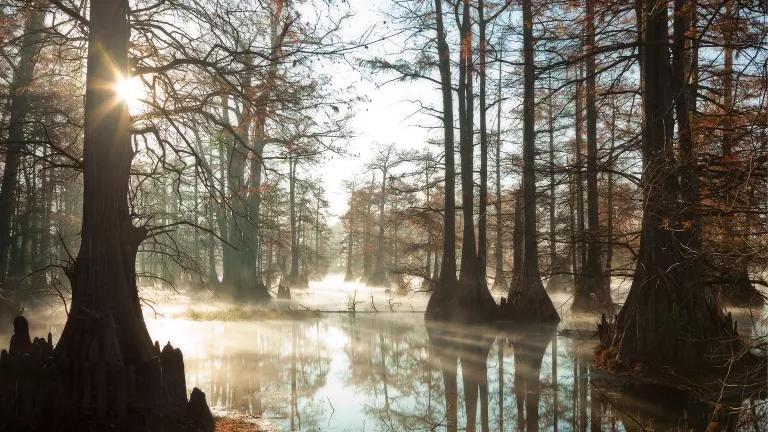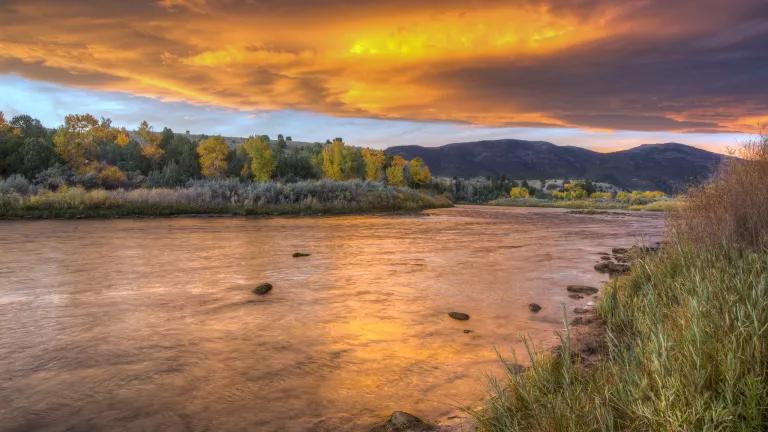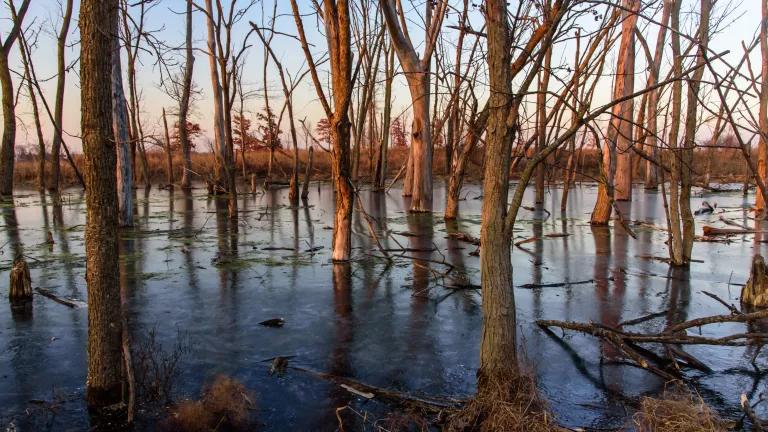Through the Cracks: How Unregulated Stormwater Runoff Is Preventing a Successful Chesapeake Bay Cleanup

Pollution sources across the Chesapeake Bay watershed dump millions of pounds of nitrogen and phosphorus and billions of pounds of sediment into the Bay each year. In 2010 the Environmental Protection Agency adopted a far-reaching cleanup plan for the Bay, one of the most ambitious federal watershed restoration programs in our nation’s history. However, because the Clean Water Act doesn’t regulate all sources of stormwater, huge amounts of pollution are slipping through the cracks. The Clean Water Act requires federal pollution control permits only for stormwater discharges in densely populated urban areas. As a result, more than three million acres of developed land across the Bay watershed face no federal requirements to reduce the harmful storm runoff coming from buildings, roads, parking lots, and lawns—and this unregulated runoff threatens the success of the entire cleanup plan.
Ignoring the problem of unregulated stormwater won’t make it go away. Neither will it provide communities in the Chesapeake region with clean water. Instead, we must take comprehensive and coordinated action to address the full scope of the problem.




